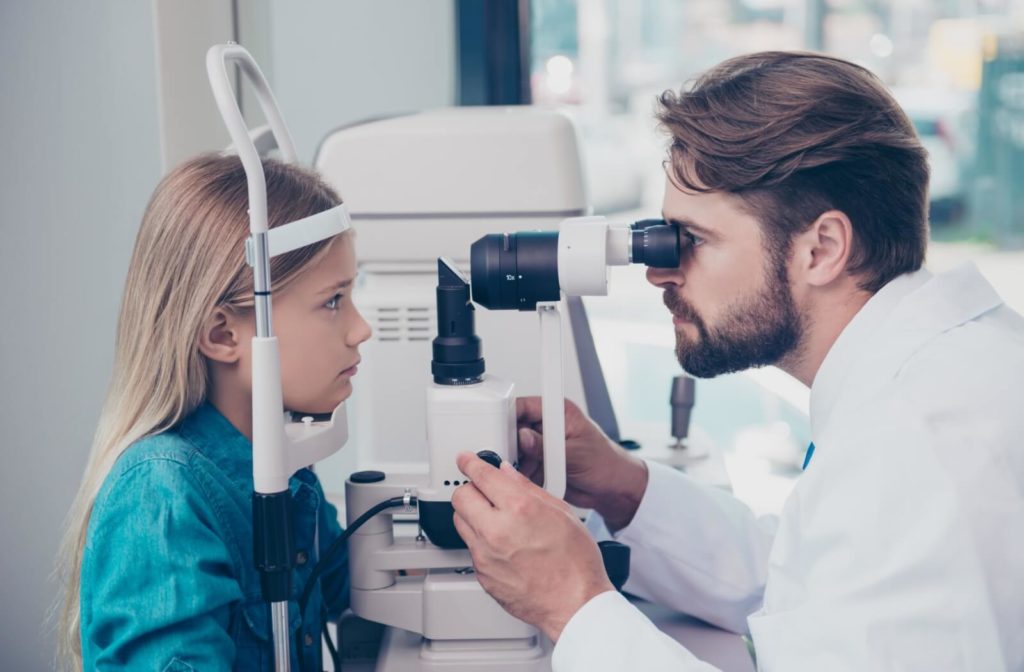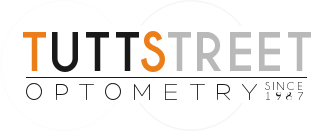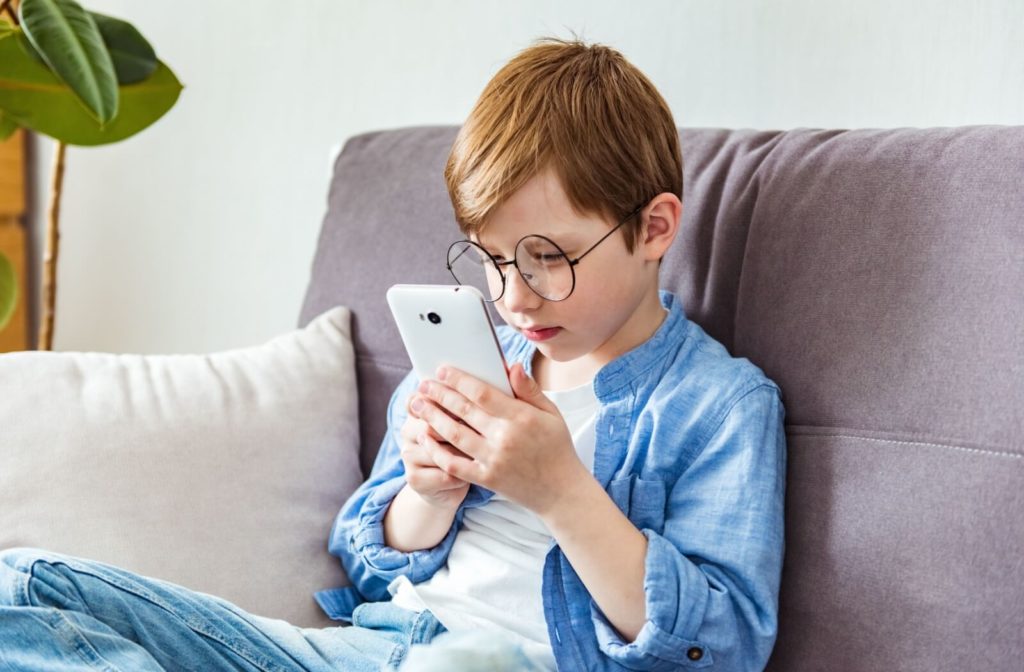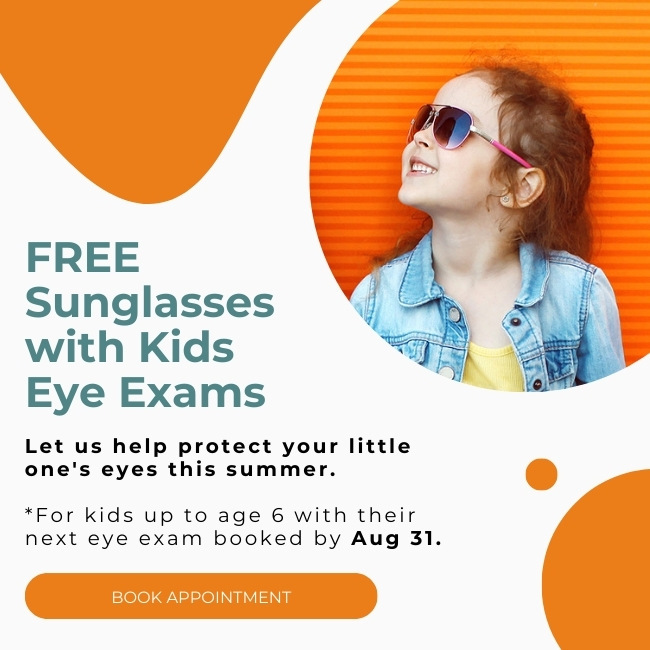Understanding eye conditions like myopia and hyperopia is more crucial than ever in a world dominated by rapidly changing visual stimuli. For children, adults, and adults who are children at heart, these common visual impairments can significantly impact personal and professional life—especially when left untreated.
The difference between myopia and hyperopia is how they affect vision. Myopia causes distant objects to appear blurry, while hyperopia blurs objects nearby. However, both can be detected with an eye exam, and we can help you correct either with glasses or contact lenses.
How the Eye Creates an Image
Before we plunge into all the intricacies of myopia and hyperopia, let’s discuss the wonder that is the human eye. This complex sensory organ translates light into electrochemical signals the brain can interpret. And it all starts with light.
Light enters the eye through the cornea, the clear, dome-shaped surface covering the front. It then passes through the lens, focusing the light onto the retina. The retina is a thin layer of tissue on the inside back wall of the eye, which ultimately sends the signal through the optic nerve to the brain, creating the images we see.
The shape of the eye is pivotal in this process. If the eyeball is too long or the cornea has too much curvature, the image focuses in front of the retina and blurs. This is myopia. On the other hand, if the eyeball is too short or the cornea has too little curvature, the image focuses behind the retina. This is hyperopia.
The intricate dance of cornea, lens, and the eye’s physical structure is marvellously delicate and precise.
What Is Myopia?
Myopia, often called nearsightedness, is a common vision condition in which you can see close objects clearly, but objects farther away are blurry. It’s one of the most common vision conditions in the world, with 30% of the population having it, and it’s only becoming more common.
Myopia has both genetic and environmental components. If you have myopia, your child is more likely to be myopic as well. Other factors can include:
- Excessive near work, like reading
- Limited time outdoors
- Prolonged screen time
It typically develops during childhood and worsens with age. For children with myopia, it can be difficult to recognize. They may assume everyone sees the world a bit blurry, but this can significantly impact their success in school. Optometrists can recognize myopia during an eye exam, but you can watch for signs that something may be wrong, including:
- Squinting
- Headaches
- Eyestrain
- Excessive blinking
- Covering one eye to read
- A short attention span
What Is Hyperopia?
Let’s take a look at the other side of the coin. Hyperopia, commonly known as farsightedness, is like the “opposite” of myopia. You still experience blurry vision, but now nearby objects are blurry, while distant objects are clear.
Similar to myopia, genetics and environment play a role in hyperopia. Interestingly, many children are farsighted at some point in their development, but most grow out of it. Hyperopia might also be an underlying cause of crossed eyes or strabismus. However, if it reaches this point, they likely won’t outgrow it and require treatment.
In mild cases, hyperopia may not need correction. You may not even know you have it since it can slip by regular vision tests. Severe hyperopia can be extremely disruptive, making reading or working on a computer difficult.
Don’t confuse hyperopia with presbyopia, another vision problem that causes difficulty reading. Presbyopia is a natural part of aging and is related to the lens inside the eye rather than the cornea or the eye’s shape.
Treating Myopia & Hyperopia
Eyeglasses and contact lenses are the most common and straightforward treatment methods for myopia and hyperopia. These lenses alter how light enters the eye and correctly focuses it on the retina. They offer immediate vision correction and are the least invasive options.
For adults with stable prescriptions, laser eye surgery, like LASIK or PRK, can provide a long-term solution to myopia and hyperopia. These procedures reshape the cornea to change how light lands on the retina. They’re favoured for their ability to provide freedom from glasses and contacts with high success rates.
Myopia Control for Children
The most significant difference between myopia and hyperopia is how myopia progresses. If left uncorrected in children, severe myopia can lead to retinal detachment, cataracts, and glaucoma.
Myopia control seeks to slow myopia’s progression and reduce the risk of severe complications later in life. Since myopia tends to stabilize around age 20, the earlier we identify myopia, the more impact we can have on its progression.

Eye Care Now & For the Future
Myopia and hyperopia are no small concern in the landscape of everyday health. The modern world and our rapidly changing lifestyles make it crucial for us to prioritize eye health. The importance of regular eye exams cannot be overstated. Eye health professionals are equipped to assess not only vision but also the eyes’ overall health.
Experts recommend that adults between 20 and 64 get their eyes checked every 1–2 years, and children have exams annually.
To take the first step towards your vision health, book an appointment at Tutt Street Optometry. Our team of dedicated professionals is committed to providing everyone with holistic care and advice for your visual needs. Don’t wait until it’s too late to see the world clearly.




